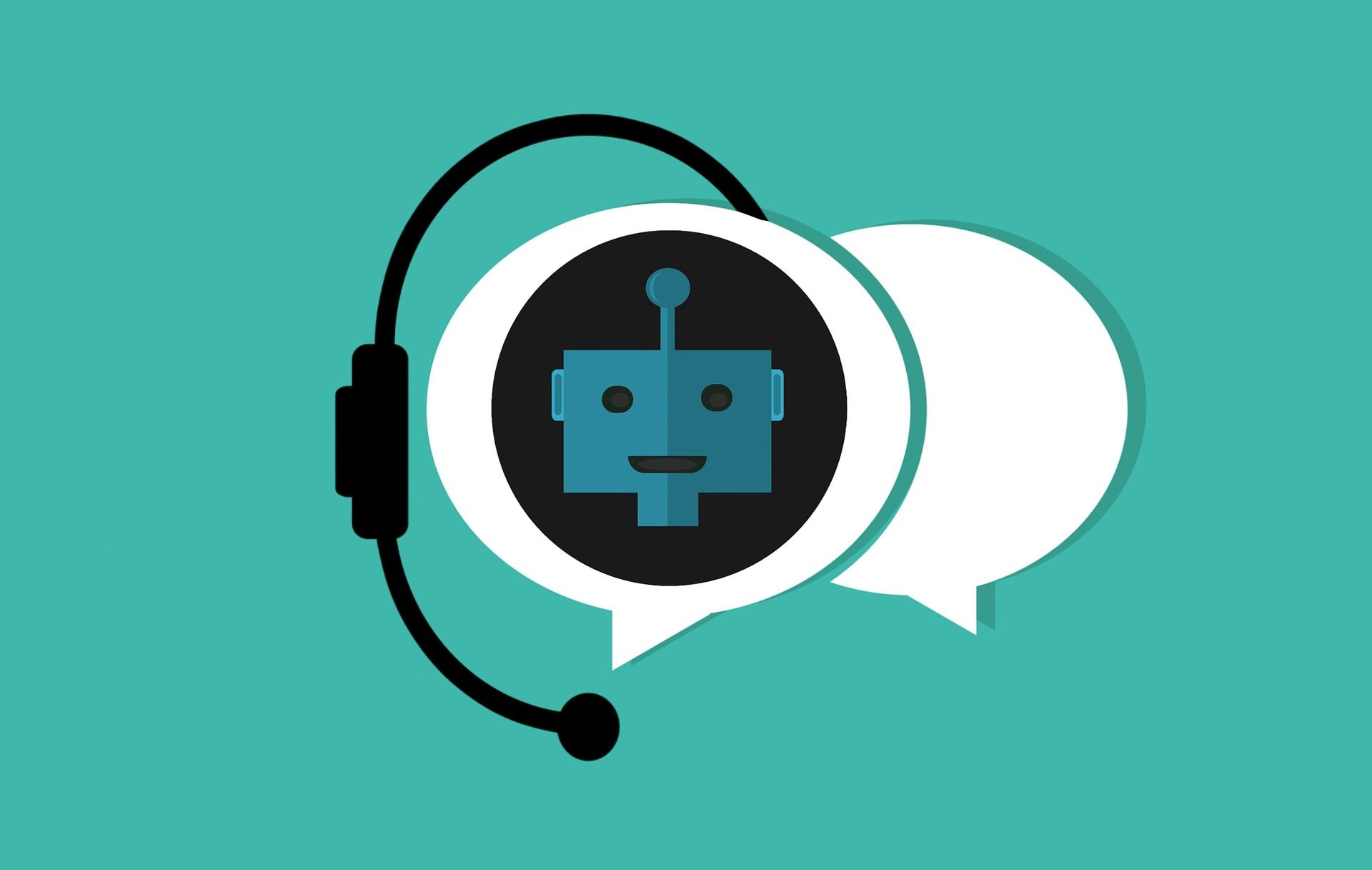The chatbot hype
When chatbots started to sprout all around the web everyone thought that they were the future and many companies wanted to get one for commercial purposes. Nowadays, having a chatbot on messenger or one powered by a third party application is quite a must-have for every business. According to the Economist, in 2018, 30% of companies have standalone bots. A lot of these chatbots are scripted, and they may become pretty annoying. In some cases, one could argue that having no chatbot at all results in a better experience.
However AI-powered chatbots can be pretty useful if managed in the right way. Let’s dig more into it.
What are the hurdles that prevent people from using a chatbot?
A lot of people do not want to use a chatbot because they are seen as a waste of time. According to a study conducted by PC Magazine, eMarketer, Helpshift and Propeller among 1,000 respondents in the USA, three challenges to the use of chatbots can be observed:
- For 50.7% of those interviewed, it is annoying that a chatbot often keeps customers from a live person.
- For 47.5%, the issue is that chatbots give too many unhelpful answers.
- For almost 40%, the problem is that chatbots are just redirecting them to FAQ articles.
How can we interpret these numbers? Talking to the chatbot when seeking help is going to be the new step that everyone wants to skip and if possible as quick as possible because the bot is not helpful at all, it is just the new written IVR (interactive voice response). Most chatbots can only deliver basic information for the moment and that makes them not as useful for customers as it was once thought.
“Chatbots are not super smart? Let’s power them with AI !” Hum… not that simple…
Artificial Intelligence is the new magic formula to get interest from investors, clients, and press. Some companies selling chatbot solutions have no second thoughts and stamp their product with a nice AI-powered label, even when it is actually just some “for” and “while” loops.
But even truly AI-powered chatbot are not necessarily a good idea. It actually depends on many factors, since AI implementation is a long, heavy and expensive process that will require the company’s IT teams in any case. Besides, every AI needs to be trained with data, lots of data. Companies with thousands of customers possess this data and the financial means to implement an AI-powered chatbot, but for SMBs it is a completely different story and the stakes are not the same.
Is there an alternative ?
According to Accenture, 65% of organisations consider chatbots implementation to be too complicated, 49% think that the deployment cost is overwhelming and 46% have the same feeling about cost of acquisition. However according to a study conducted by Microsoft - Global state of multichannel customer service report - 90%+ of customers expect brands and organizations to provide online customer self-service, more than half of the consumers begin their interactions with a brand online.
Companies need simpler ways to provide interactive experience to their users and that is why step-by-step guides such as Stonly are a good alternative. Stonly's implementation barely requires any IT skills, even when embedded as a widget on a website or in a help center. Furthermore, the learning curve to start creating detailed guides is shallow; marketing, sales, product and support teams can all take care of creating the content they need, without the hurdles of having a lot of people working on it: to program it, give it a human and fun aspect, keep it updated…
Add to this that you can add rich media to each step, easily decide where each guide is shown, reuse content on the different guides, customize their appearance and receive useful analytics of usage and you would find yourself with very good reasons to try it out.
Request a demo to learn more about Stonly.
